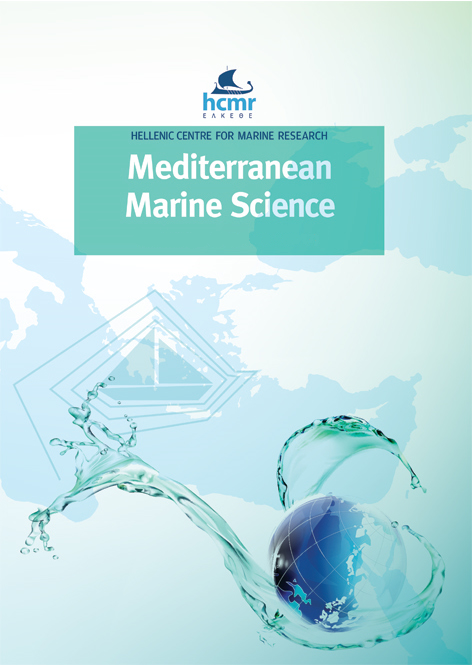Seasonal response of benthic foraminifera to anthropogenic pressure in two stations of the Gulf of Trieste (northern Adriatic Sea, Italy): the marine protected area of Miramare versus the Servola water sewage outfall

Resumen
A seasonal survey of living benthic foraminifera was performed in 2013 in the Gulf of Trieste (N Adriatic Sea) to compare two marine coastal sites with different degrees of anthropogenic influence. An assessment of ecological quality statuses showed that the station located near the end of an urban pipeline (Ser station), has worse ecological conditions than the site located in a protected marine area (Res station) all year around. Stressed conditions at Ser station were mainly related to high contents of total organic carbon (TOC) and Zn in the bioavailable fraction, which were a limiting factor for the studied foraminiferal communities. Ammonia tepida, Bolivina spp., and Bulimina spp., which characterised this station, were the most tolerant taxa of the studied assemblage. Conversely, Elphidium spp., H. depressula, N. iridea, Quiqueloculina spp., R. nana and Textularia spp., could be considered less tolerant species as they benefitted from the less stressful conditions recorded at Res station, despite slightly higher concentrations of some potentially toxic elements (PTEs), especially Pb, being recorded in this station in comparison to Ser station. Furthermore, foraminiferal assemblages were found to be quite resilient over an annual cycle, being able to recover from a seasonal unbalanced state to a mature one. The beginning of spring and latest summer would be the best period to assess the ecological quality status to avoid any under- or overestimation of the health of the environment.
Article Details
- Cómo citar
-
MELIS, R., CELIO, M., BOUCHET, V. M., VARAGONA, G., BAZZARO, M., CROSERA, M., & PUGLIESE, N. (2019). Seasonal response of benthic foraminifera to anthropogenic pressure in two stations of the Gulf of Trieste (northern Adriatic Sea, Italy): the marine protected area of Miramare versus the Servola water sewage outfall. Mediterranean Marine Science, 20(1), 120–141. https://doi.org/10.12681/mms.16154
- Número
- Vol. 20 Núm. 1 (2019)
- Sección
- Research Article
Authors who publish with this journal agree to the following terms:
- Authors retain copyright and grant the journal right of first publication with the work simultaneously licensed under a Creative Commons Attribution Non-Commercial License that allows others to share the work with an acknowledgement of the work's authorship and initial publication in this journal.
- Authors are able to enter into separate, additional contractual arrangements for the non-exclusive distribution of the journal's published version of the work (e.g. post it to an institutional repository or publish it in a book), with an acknowledgement of its initial publication in this journal.
- Authors are permitted and encouraged to post their work online (preferably in institutional repositories or on their website) prior to and during the submission process, as it can lead to productive exchanges, as well as earlier and greater citation of published work (See The Effect of Open Access).




